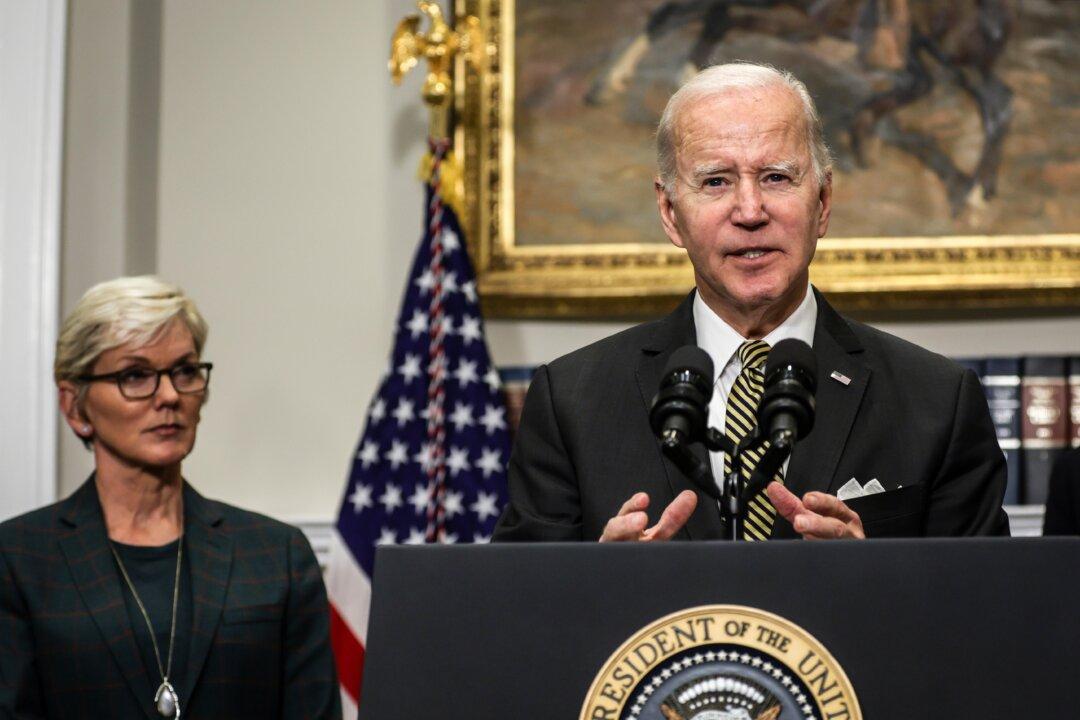The Biden administration has announced funding for seven hydrogen hubs spanning 17 U.S. states as part of its clean energy agenda, even as concerns remain over how “clean” such projects could turn out to be.
The hydrogen hubs will be receiving $7 billion from the 2021 bipartisan infrastructure law “to accelerate the domestic market for low-cost, clean hydrogen,” the White House said in an Oct. 13 announcement.





